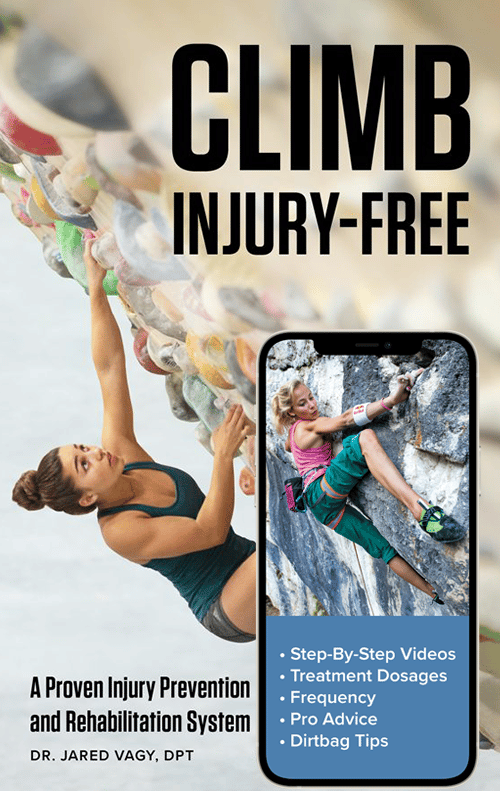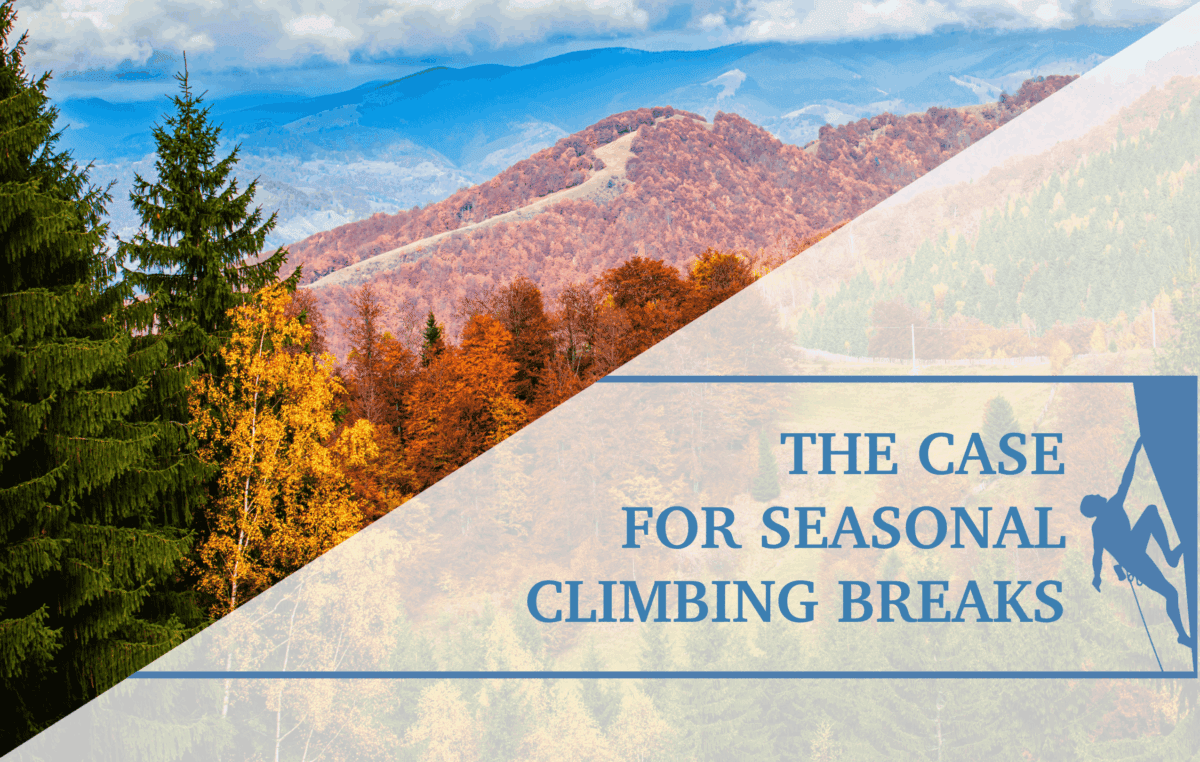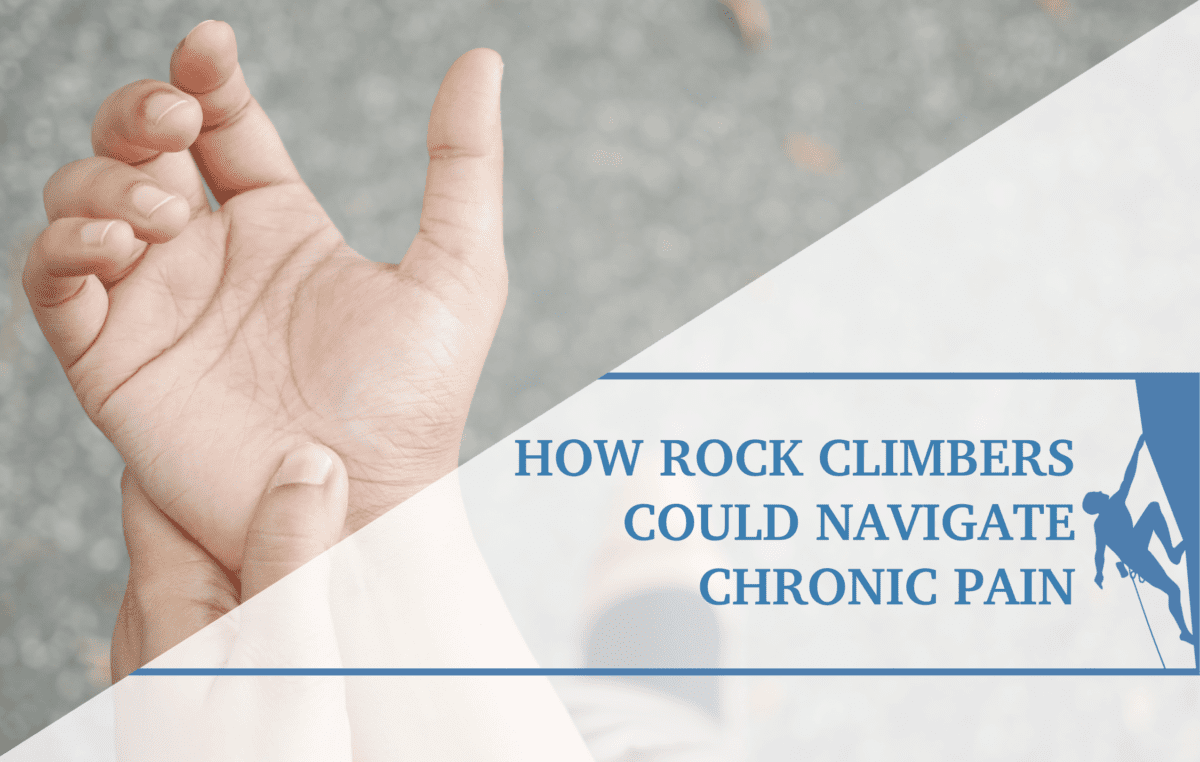Work Injuries Amongst Routesetters and Occupational Hazards
In this insightful presentation, physiotherapist Evelyne Lajoie explores the occupational risks and injury profiles associated with the profession of routesetting. Using data from a comprehensive web survey, Lajoie discusses common injury patterns, risk factors, and practical recommendations to enhance safety for routesetters. This presentation provides essential information for both employers and routesetters to minimize work-related injuries and improve ergonomic practices within the climbing industry.
Topics Covered:
- Typical workday and physical demands of routesetters
- Analysis of acute and chronic injury patterns
- Factors contributing to injury risk in routesetting tasks
- Prevention strategies and recommendations for safer practices
Learning Objectives:
- Understand the unique occupational hazards of routesetting
- Recognize common injury risks and patterns for routesetters
- Gain insights into safety practices and ergonomic improvements
Introduction
This presentation explores work-related injuries among rock-climbing routesetters and the occupational hazards they face. Through research and survey data, it sheds light on their work profile, types of injuries, risk factors, and potential preventive measures.
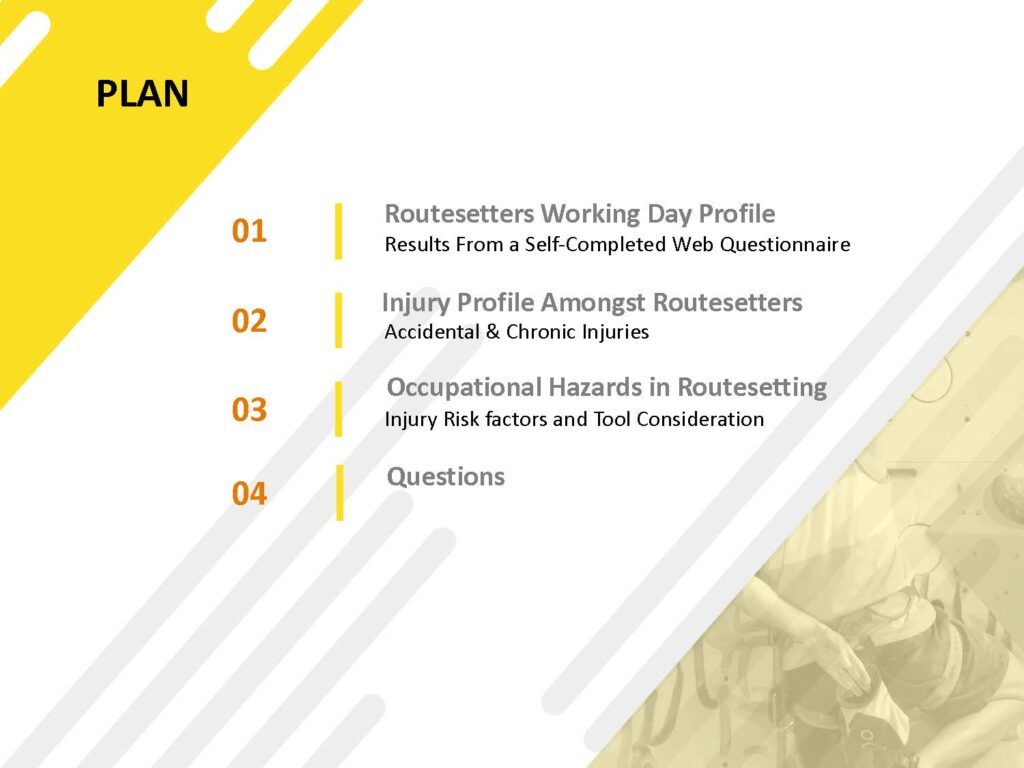
Survey
It consisted of a survey of 162 route setters

Working Day Profile
Routesetters typically work 2.5 days per week, with each day averaging 7.3 hours. Nearly 40% of their work time involves forerunning—testing climbs they set. They take an average of 1.3 breaks per day, lasting around 36 minutes. Injuries have a significant impact: 31% of setters needed time off work, while 37% had to adjust their work practices.
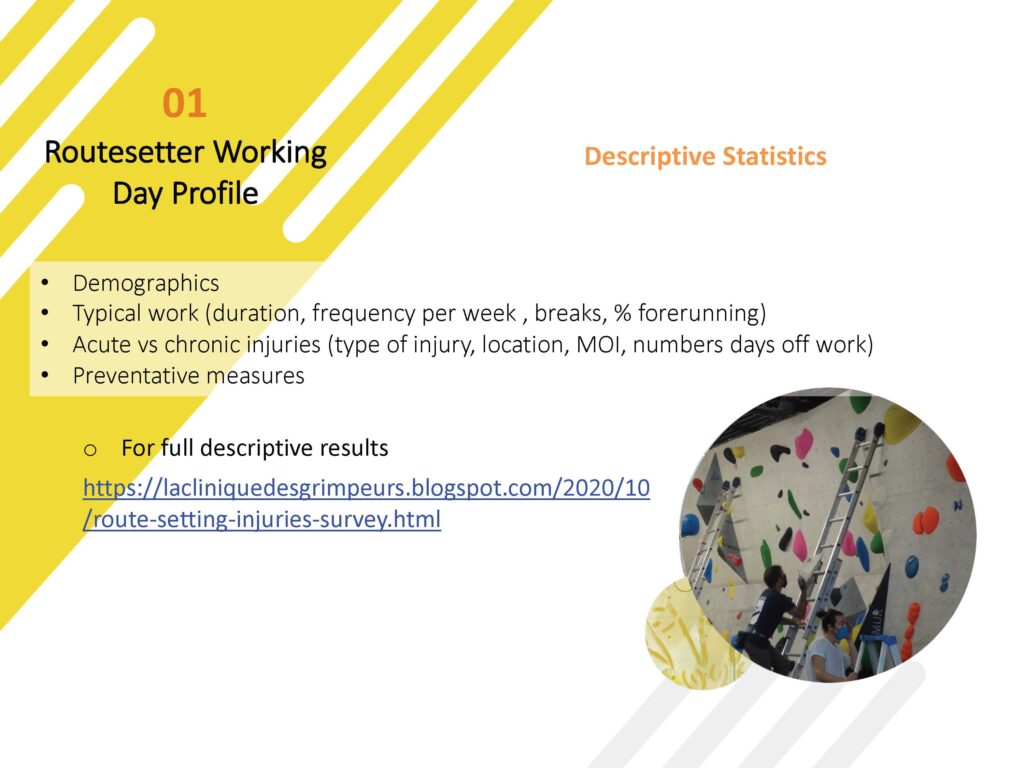
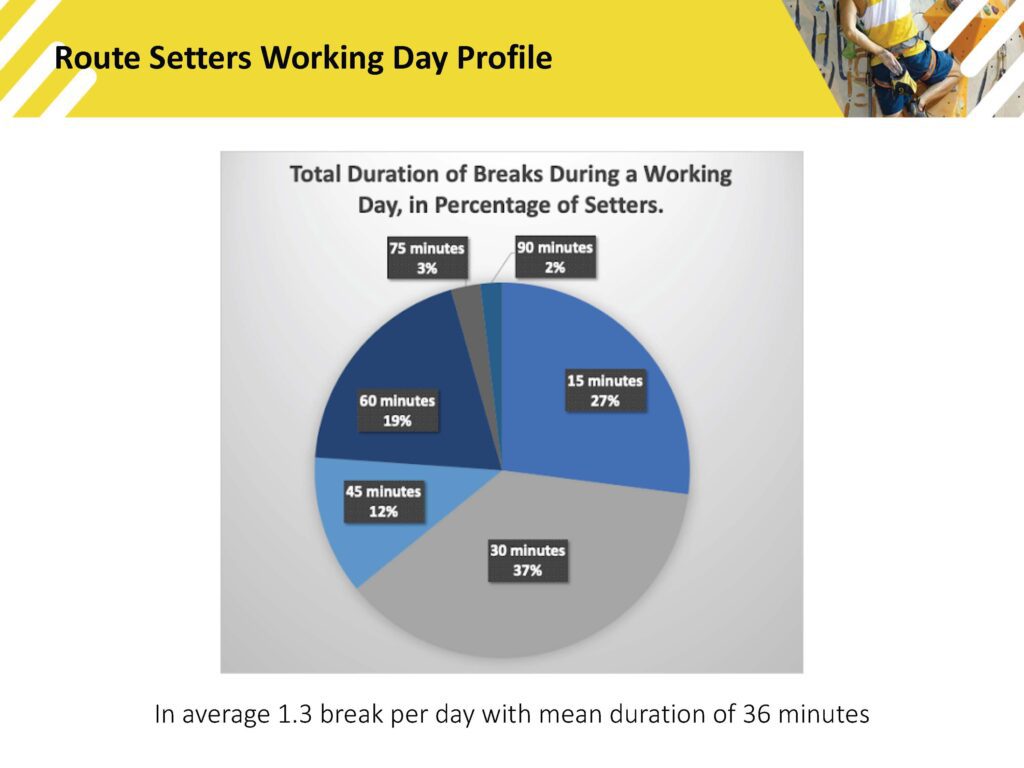
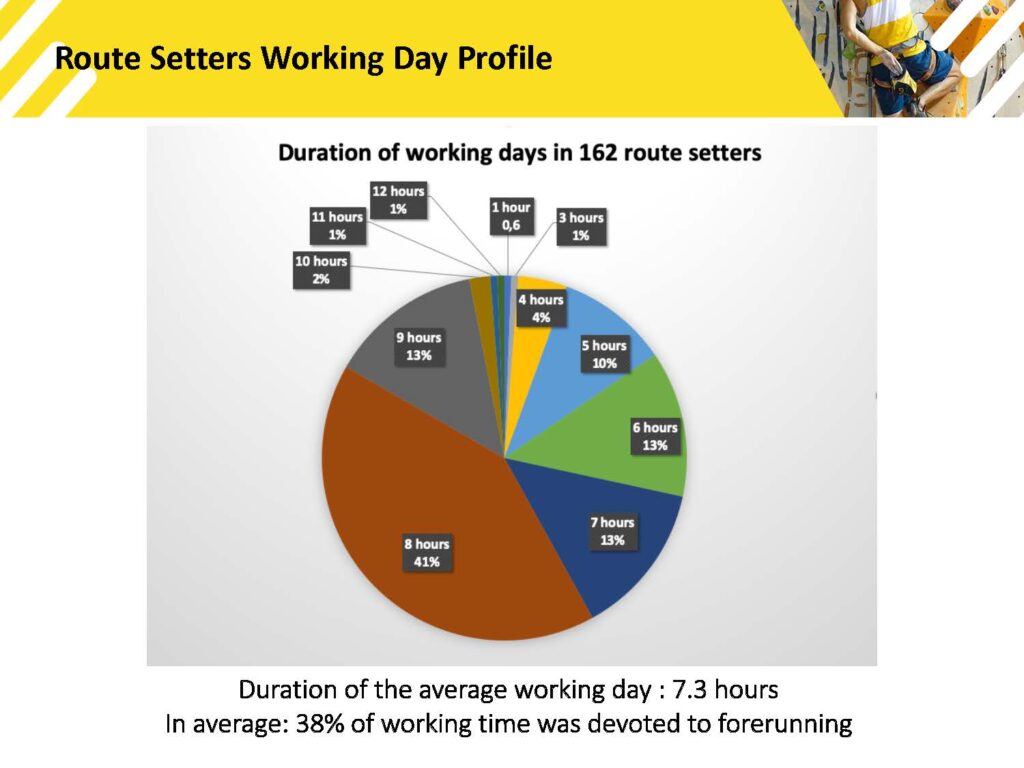
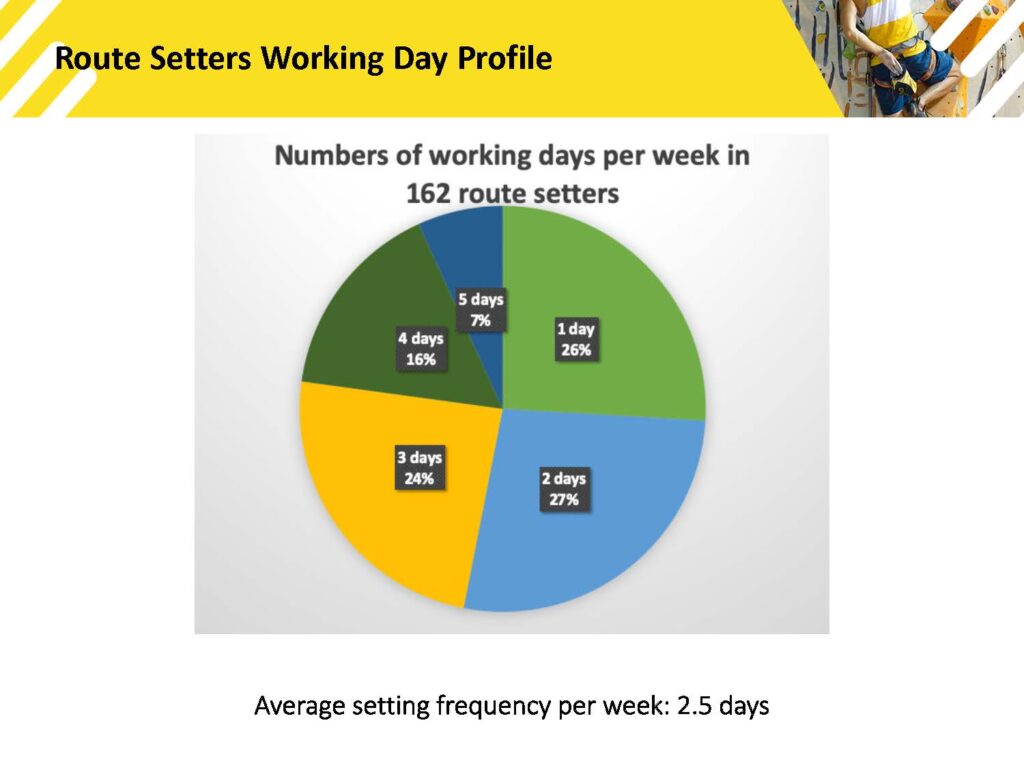
Injury Profile Among Routesetters
The majority of routesetters (78.5%) experience injuries on the job. A substantial portion, 61%, sustain traumatic injuries to various body parts, including the head, neck, torso, lower back, pelvis, hip, knee, ankle, and feet. Common traumatic incidents involve falling, equipment-related accidents, and physical strain from strenuous movement.
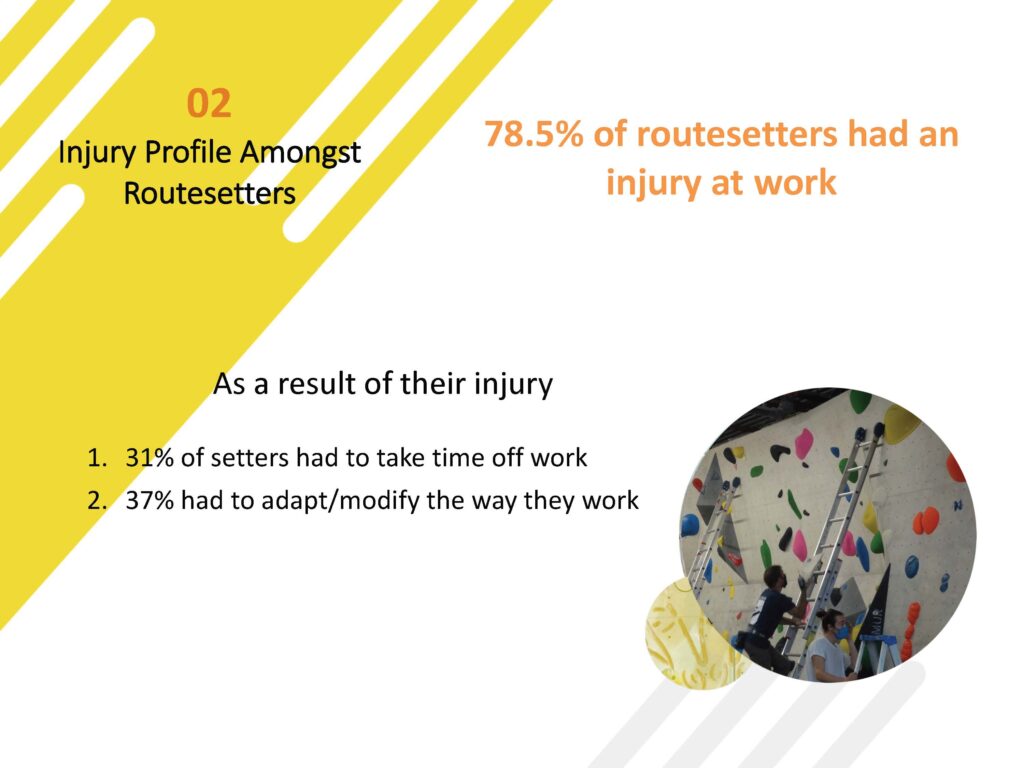
Causes of Traumatic Injuries
Traumatic injuries often result from specific hazards: debris can injure the eyes, objects can puncture hands or feet, and body impacts against holds or walls lead to bruising and contusions. Falls from ladders or heavy lifting lead to conditions such as sprains, fractures, whiplash, and lower back pain. Improperly dropped tools also pose a risk, while intense forerunning increases strains and sprains in hands, wrists, shoulders, and knees.
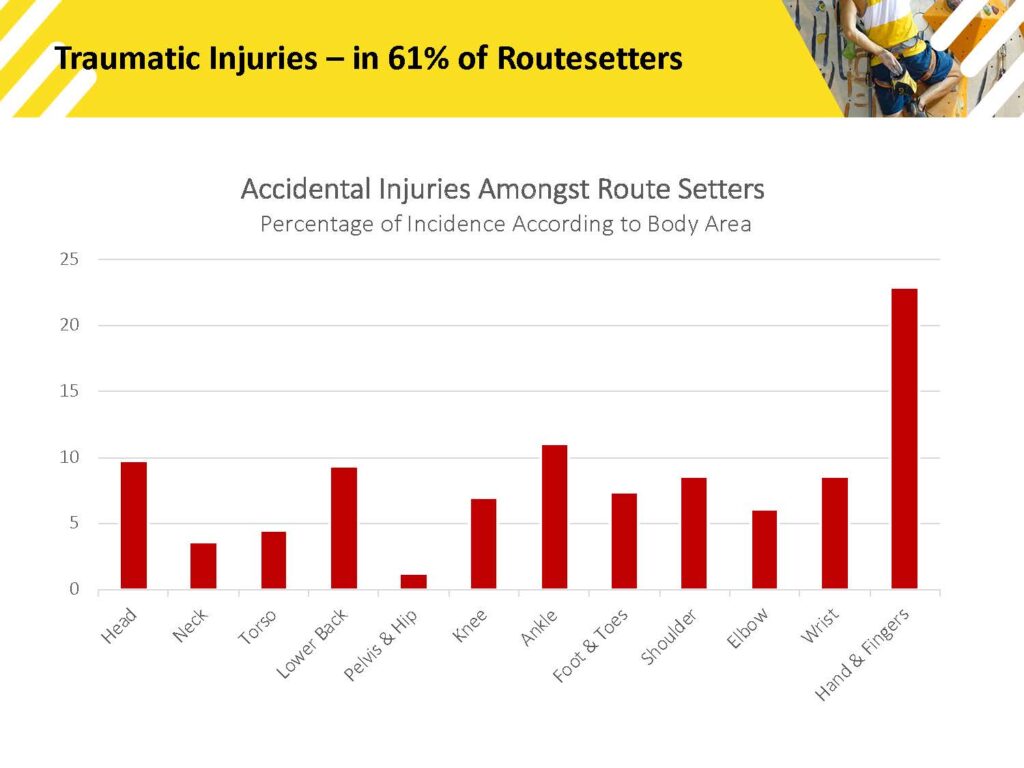
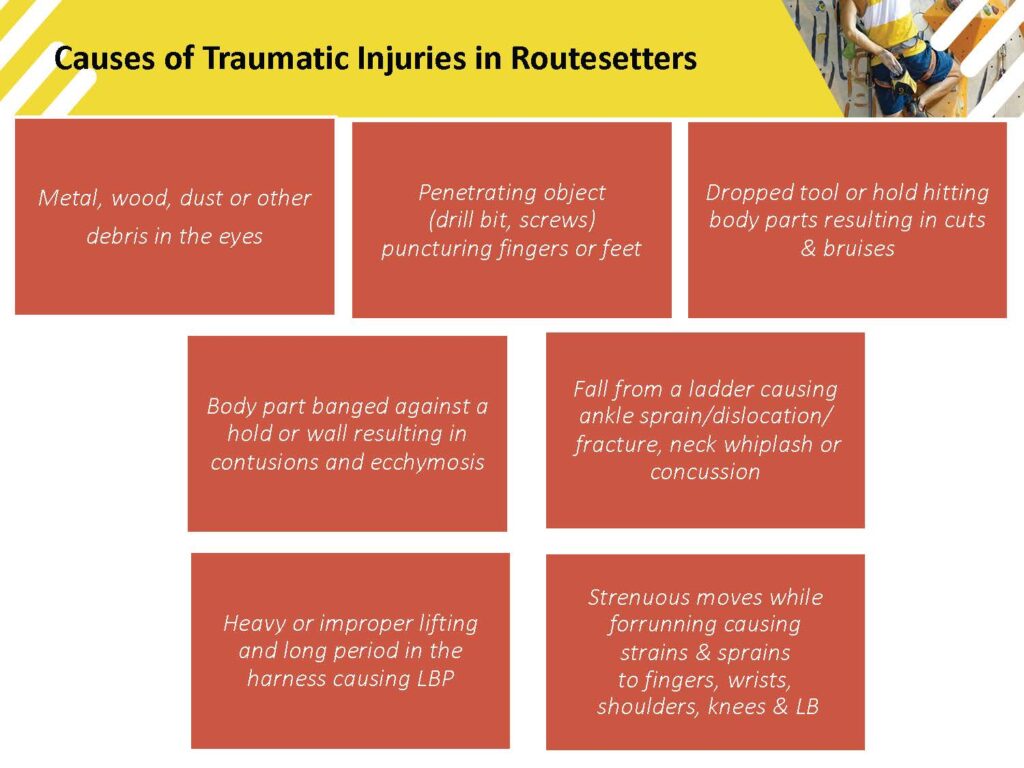
Improving Work Safety
To mitigate these risks, adequate training, proper tools, safety protocols, and protective gear are crucial. Investing in these safety measures could significantly reduce accidental injuries among routesetters.
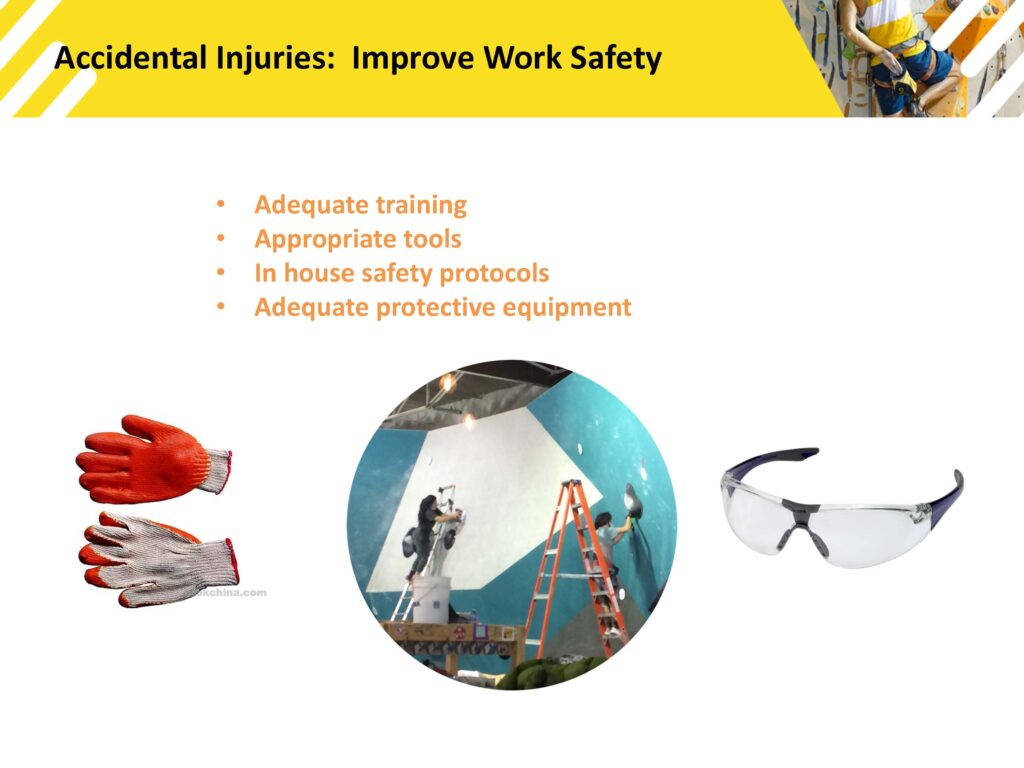
Work-Related Occupational Disorders
Chronic, work-related disorders affect 71% of routesetters, with overuse injuries frequently targeting areas like the lower back, shoulders, elbows, and wrists. These injuries stem from repetitive overhead work, intense physical activity, heavy lifting, poor posture, and prolonged use of tools.
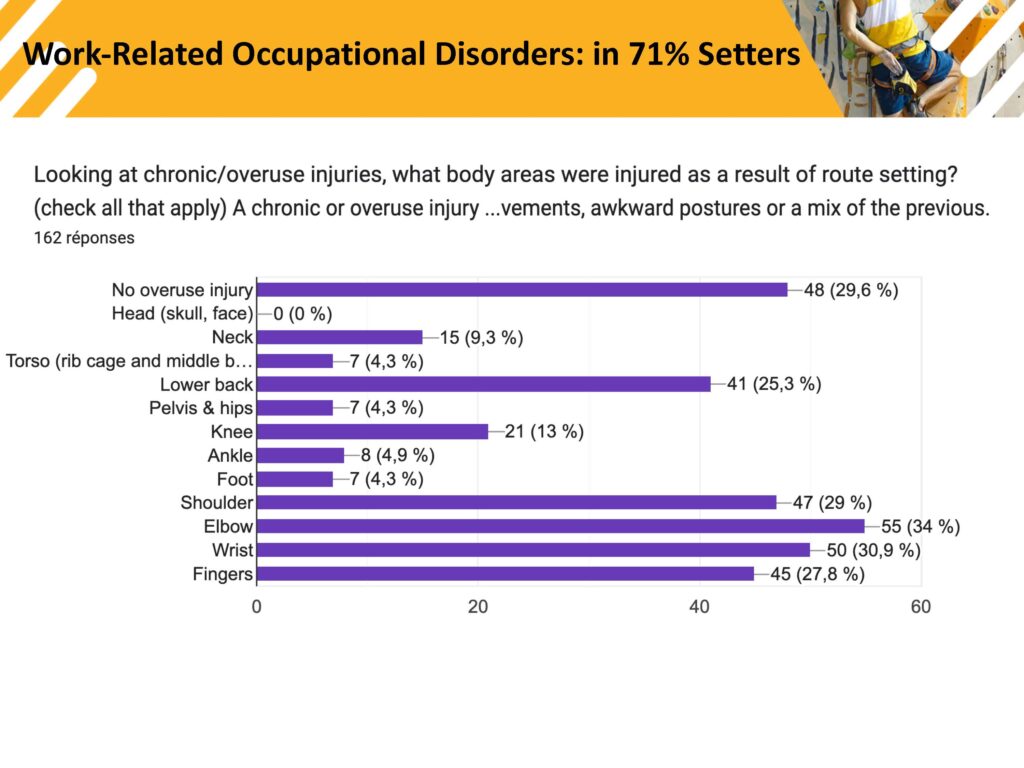
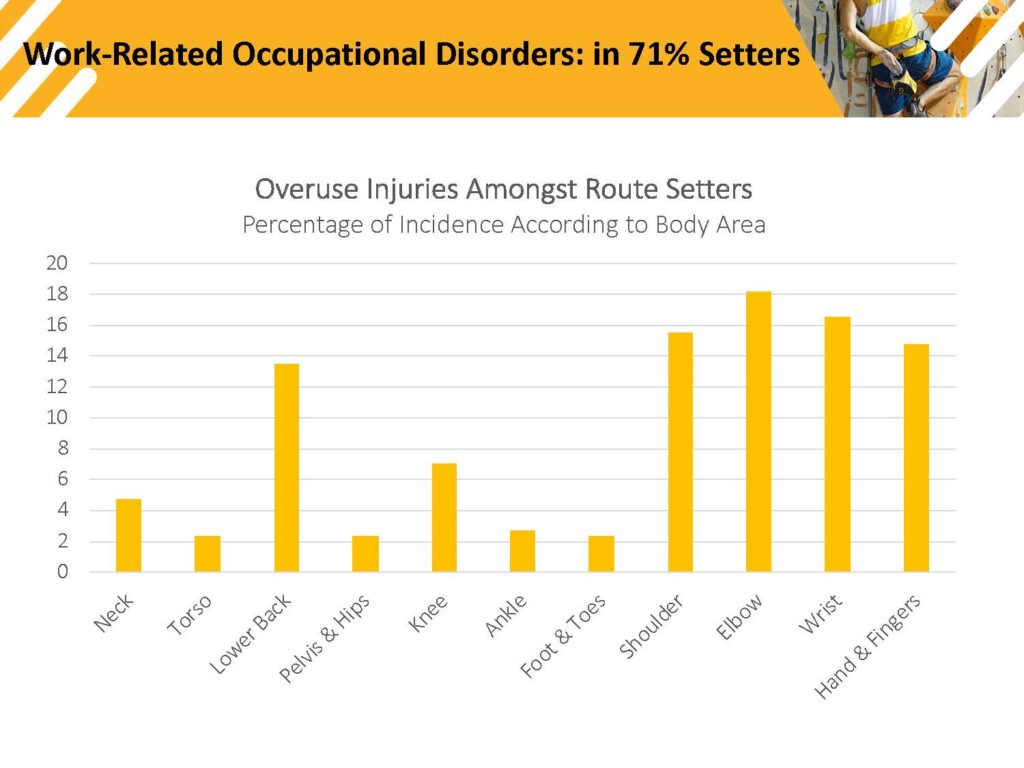
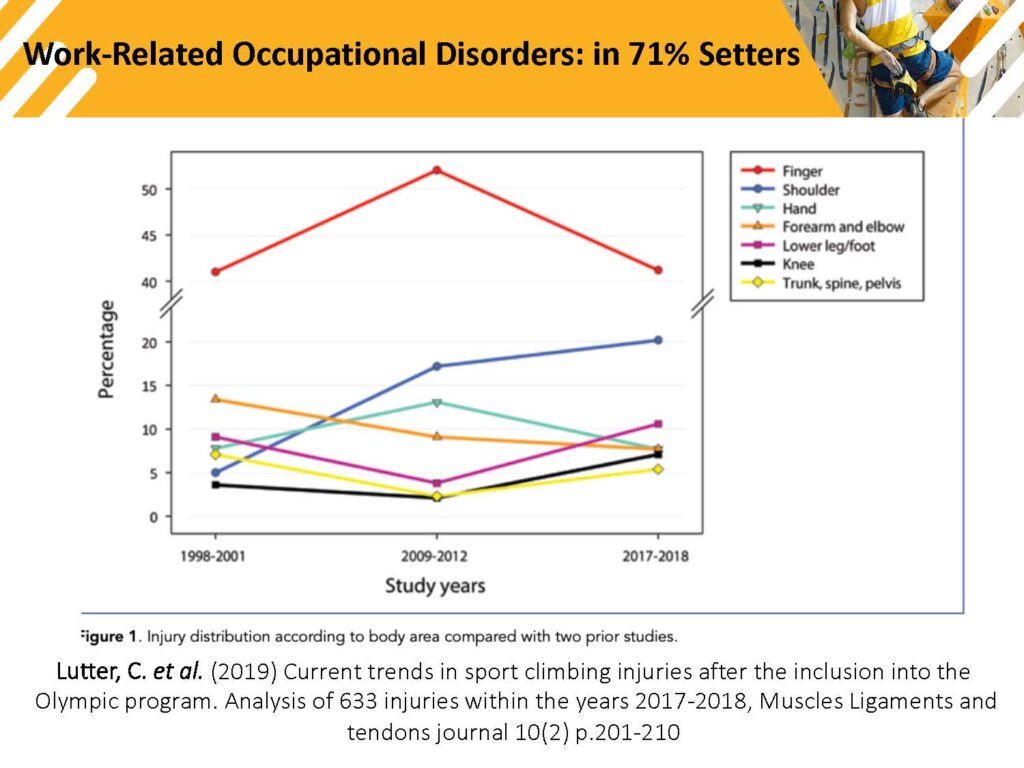
Chronic Injury Causes in Routesetting
Routesetters face repetitive strains from extended overhead work, non-ergonomic tool use, heavy lifting, and prolonged postures in a harness. These factors lead to chronic conditions affecting the spine and upper body, exacerbated by prolonged and dynamic forerunning.
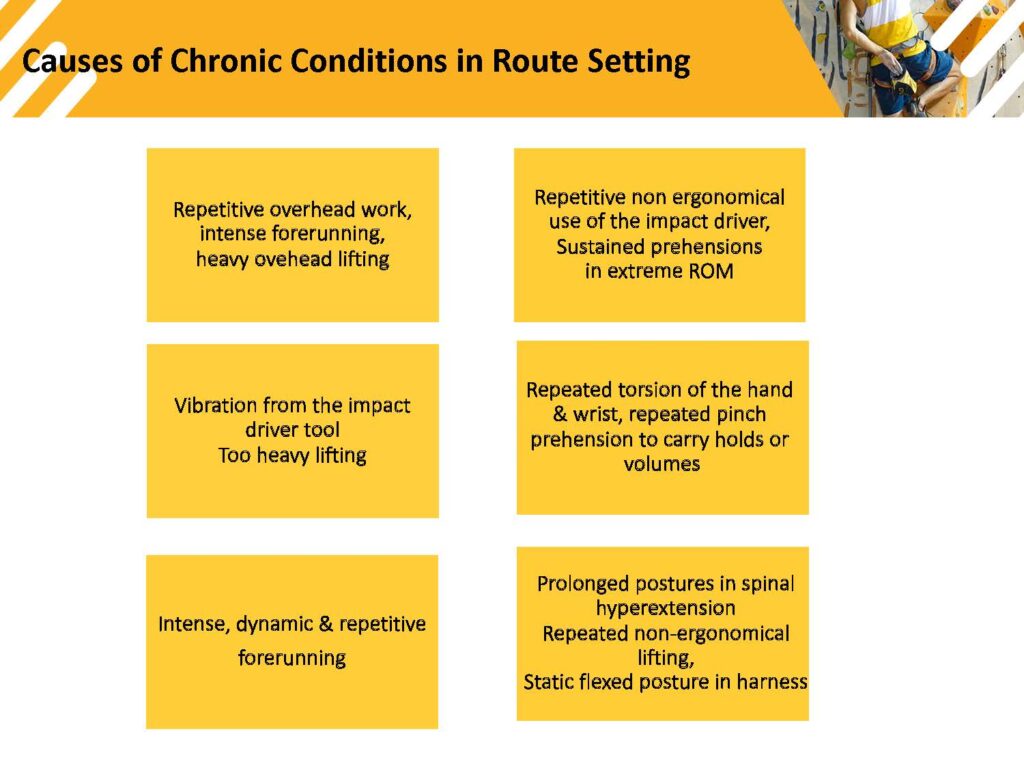
Understanding the Profession of Routesetting
According to industry experts, routesetting is a professional occupation that requires viewing setters as skilled workers, not merely climbers. Recognizing this distinction emphasizes the need for structured, ergonomic, and safe working environments.
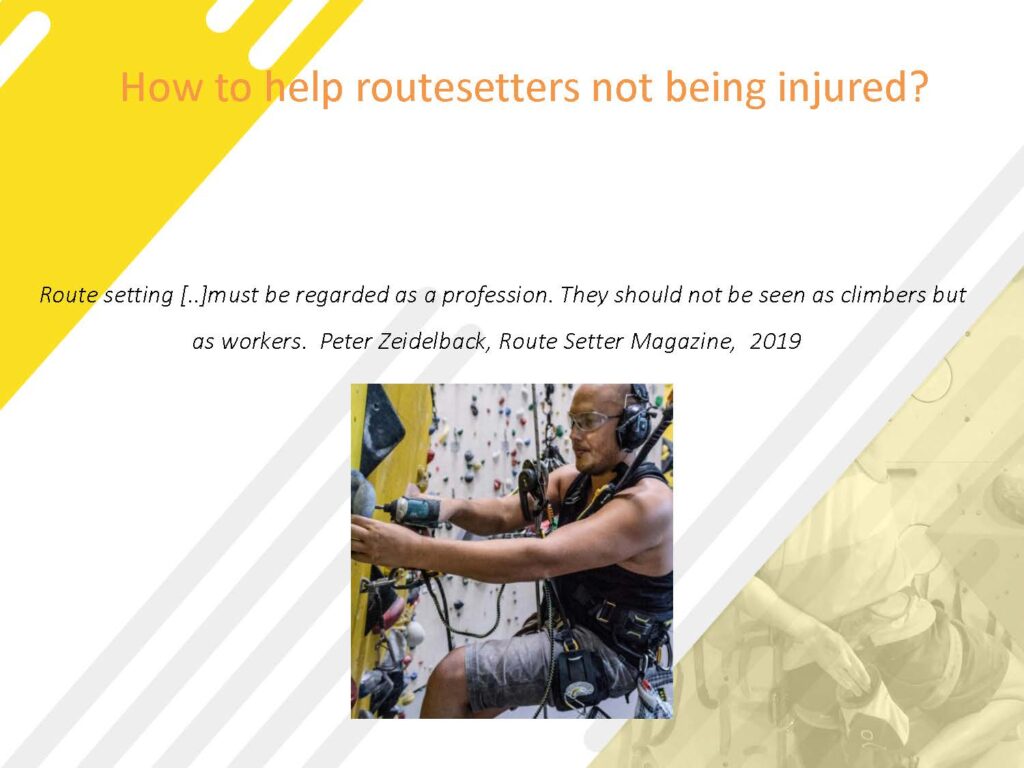
Occupational Hazard Risks
Various occupational factors contribute to injury risks. Repetitive actions, static loads, extreme postures, tool vibrations, and force exertion put strain on routesetters. Vibration from impact tools, for instance, causes muscle fatigue, nerve damage, and reduced blood flow in the hands and forearms, increasing injury susceptibility.
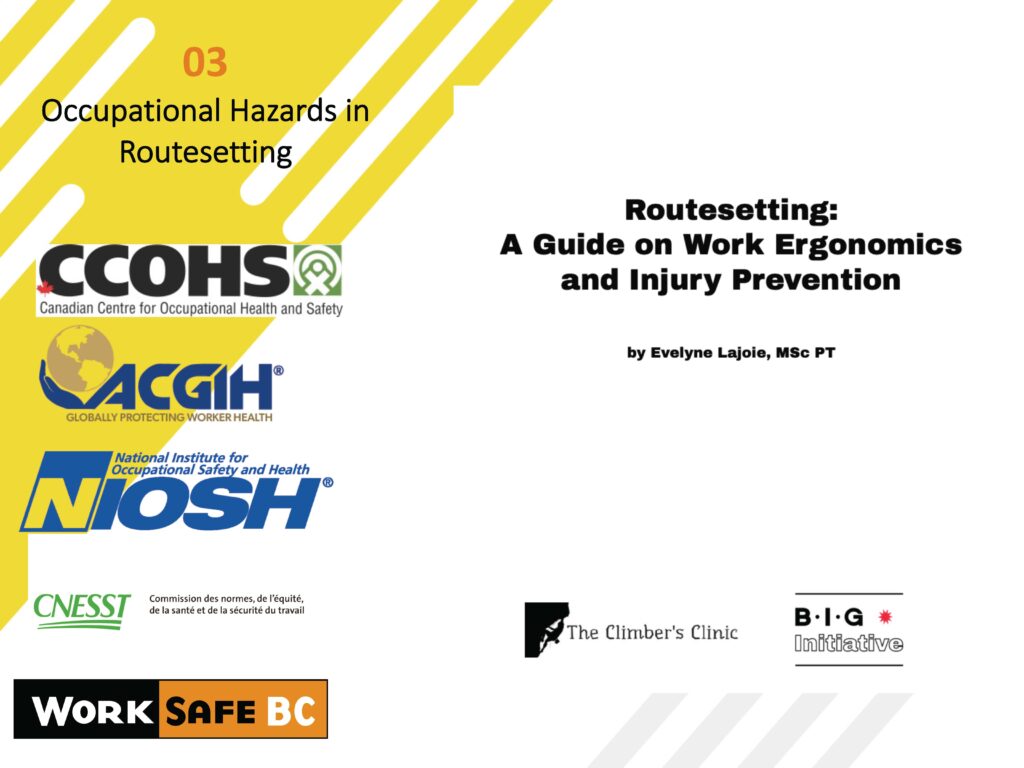
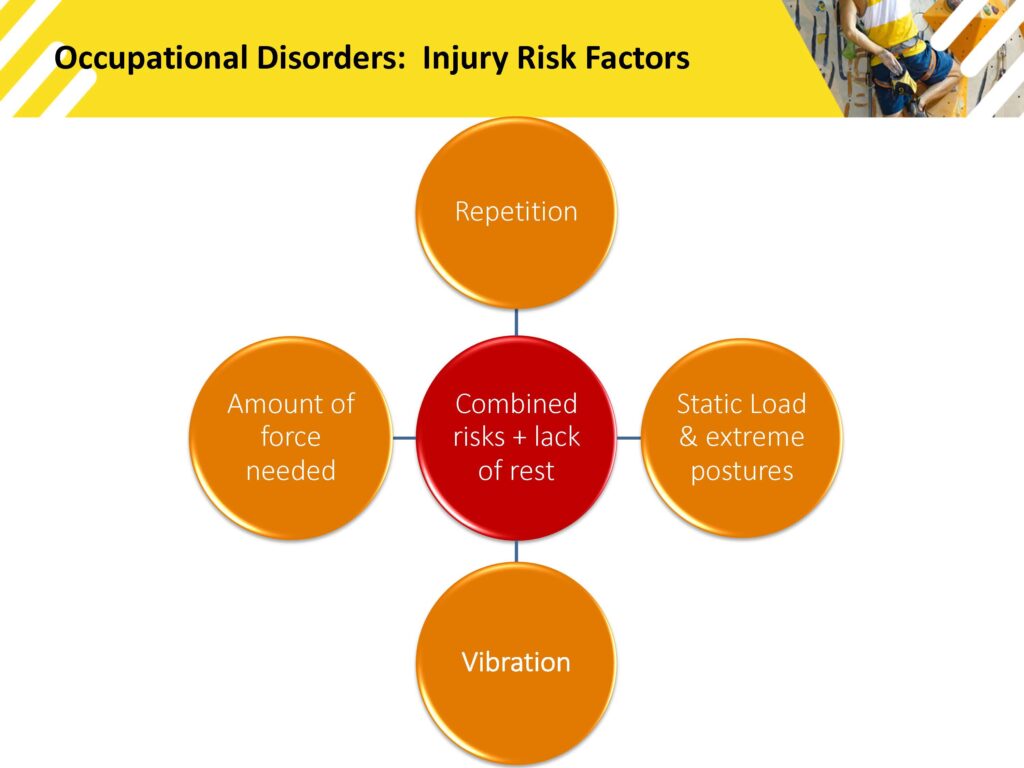
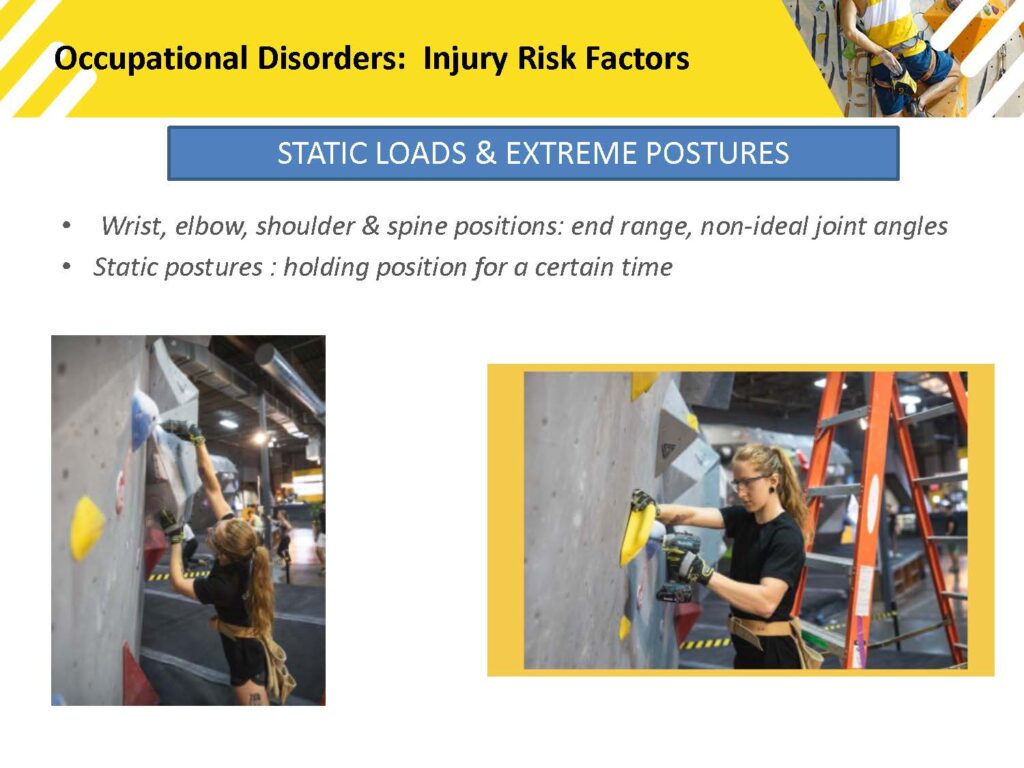
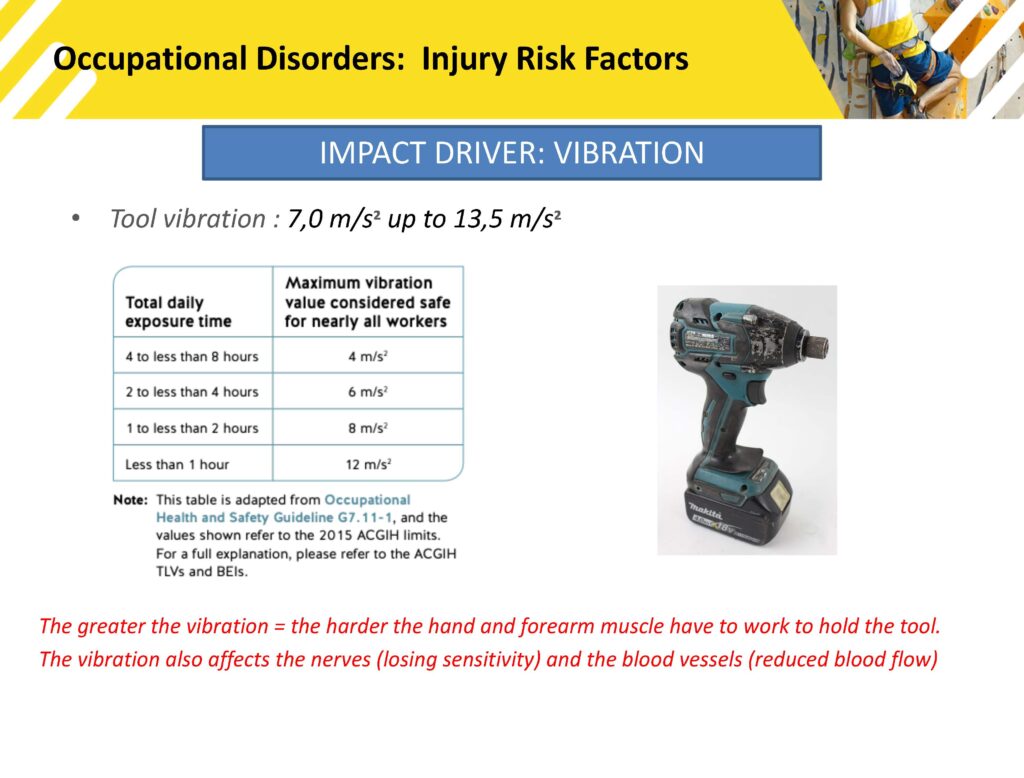
Key Takeaways
Routesetters face higher injury rates in the lower back compared to climbers, with 25% reporting lower back issues. Vibration from tools is a significant risk factor, potentially affecting musculoskeletal health, nerve function, and blood circulation.
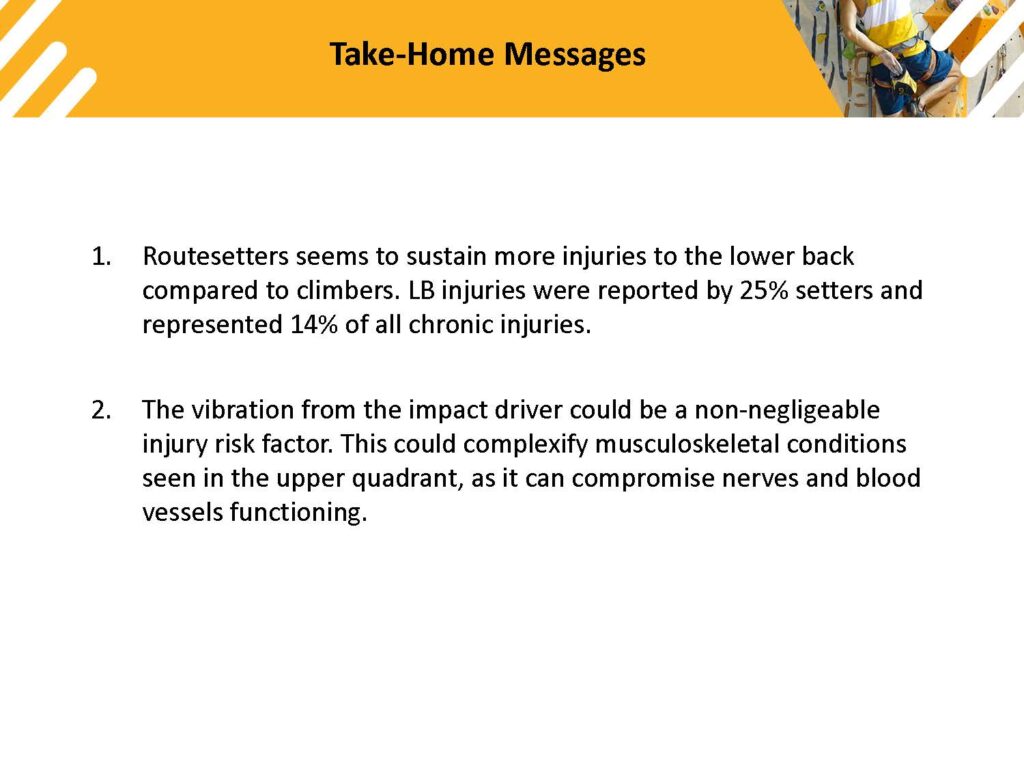
Resources and References
The presentation cites various resources on work safety, ergonomics, injury patterns in climbing, and occupational health, offering insights into the unique hazards routesetters face and strategies for injury prevention.
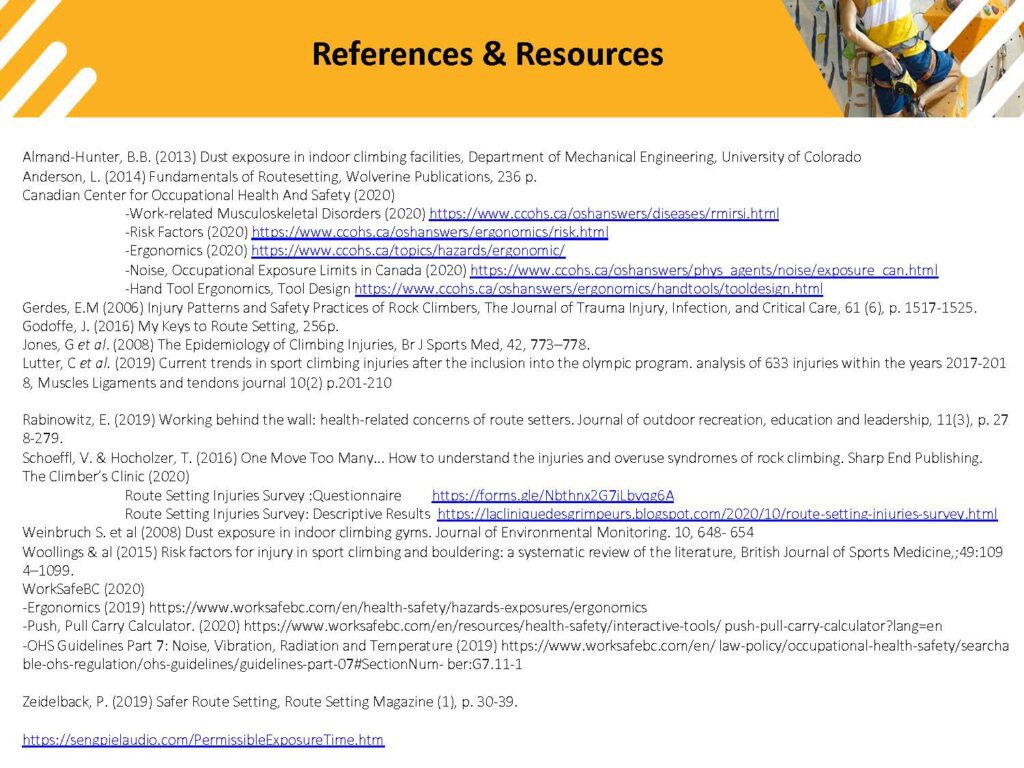
About the Author
Evelyne Lajoie is a physiotherapist in Montreal, Canada and owns her own practice, La Clinique des grimpeurs. You can find her at https://www.evelynelajoiephysio.ca/ and in social media @evelynelajoie.physio. A climber herself for more than 20 years, she practices bouldering, sport, trad and ice climbing. Since 2018, she is also a Sport First Responder on the provincial climbing competition circuit in Quebec and has also been part of the medical team for several National and Pan American competitions held in Montreal.
- Disclaimer – The content here is designed for information & education purposes only and the content is not intended for medical advice.

